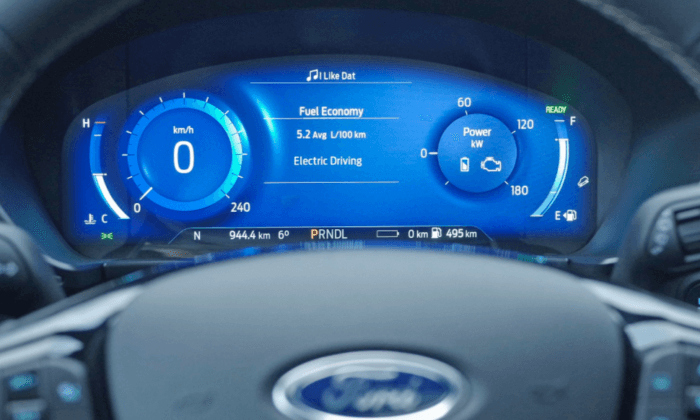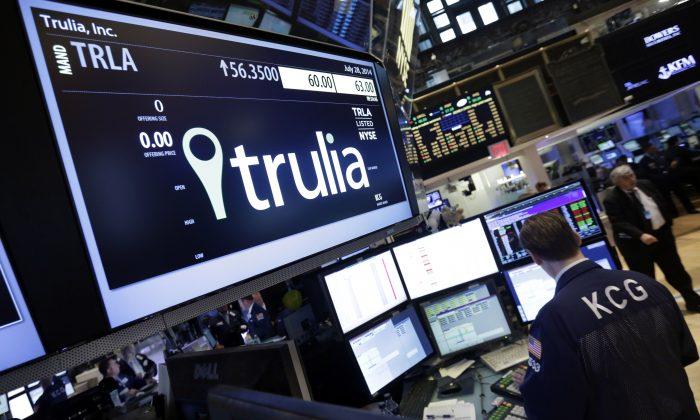Henry Ford famously said his customers could have any color car they wanted, as long as it was black.
He could afford to say things like that. He was cranking out cars at the time.
Today, it would seem that automakers are taking a similar stand—“In the coming years you can have any car you want, as long as it’s electric.”
Detroit would appear to be going all in on the electric vehicle (EV) revolution.
According to The Wall Street Journal, Ford has committed to doubling production of it’s new electric truck, the F-150 Lightning. GM recently unveiled an electric version of its Silverado and announced 10 EV models that it’ll be selling in the next two years. And Stellantis (Chrysler) has announced that its product lines will go 100 percent electric by 2028.
While electric vehicles have made impressive headway into the market recently—the industry grew 88 percent year-over-year in 2021—those sales still represent only 3.2 percent of the total car market in the United States.
Detroit’s all-in attitude feels like they’re trying to “force” the EV market forward, instead of letting the market decide when EVs will become the dominant mode of transportation.
The One Question Automakers Will Have to Answer
Right now, and for the foreseeable future, inflation is top of mind for most consumers. Soaring prices are straining budgets, so the most important question these automakers will have to answer is how affordable will their coming EVs be?On average, EVs cost 63 percent more than their gas powered grandparents based on sticker prices.
Then you have to factor in the costs of “filling up your tank” beyond your electric bill. You’ll need a home charging setup, which can run into the thousands of dollars.
(Certain models of EVs are still eligible for a nice kickback from the government in the form of a tax credit for buying green. Notably, Tesla and GM are not, though Washington has floated a number of bills to try and fix that.)
But even with that incentive, an EV will cost a driver 22 percent more than a gas model over the long run, according to website WalletGenius.com.
And that, today, will be the driving factor behind any success the EV market has.
Another Reason for the Green Push?
Now all this is not to say that EVs will never become the dominant mode of transportation. They certainly factor into the future. And any company management team worth their salt will always be looking for ways their company needs to evolve to stay competitive.But for now, even if EV sales don’t start dominating the market, there’s still something in it for these automakers.
And that’s never a bad thing.





